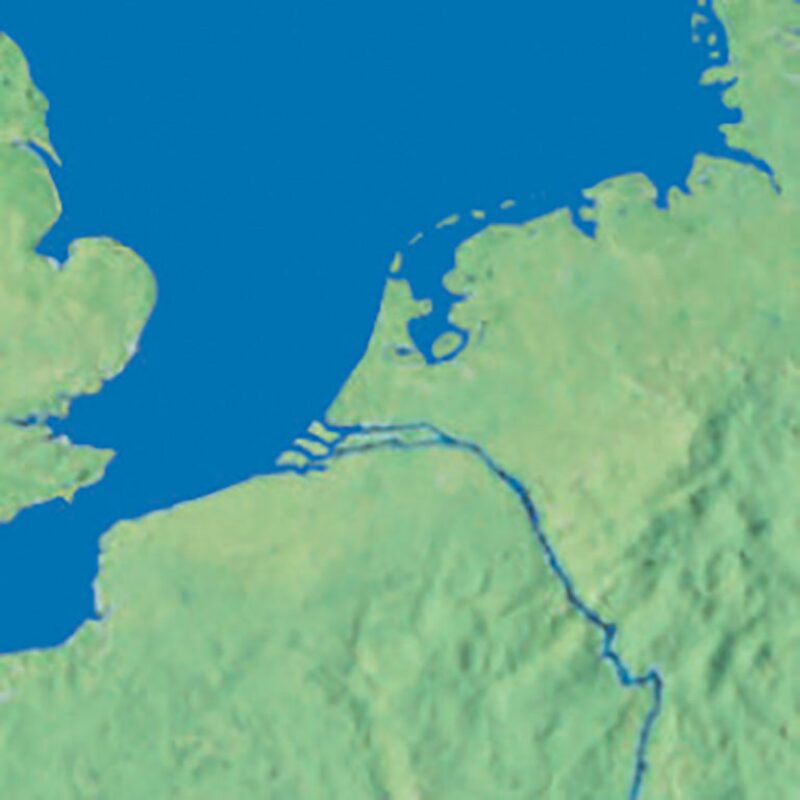For the second YEPP event in 2005, Wim Turkenburg, Professor at the Copernicus Inst. of Sustainable Development and Innovation Science, Technology, and Society Div. of Utrecht U., gave a comprehensive lecture on CO2 emission reduction. Thirty-six young (and some more experienced) professionals of the E&P industry in The Hague and surrounding area attended.
In 2001, fossil fuels made up almost 80% of our world’s energy consumption, and CO2 emissions are related mainly to the

consumption of fossil fuels. Because western countries cause 58.6% of global CO2 emissions and the emerging regions in Asia Pacific are rapidly gaining ground, those consumers should take the lead in reducing emissions and their adverse effect on global climate change, he said. Energy conservation and the use of renewables would lead to the largest drop in emissions, but CO2 recovery and storage remains a good number three on the list of methods that should be tried, he said. Large potential capacity for CO2 storage and disposal is available, and the technology exists. Worldwide, the potential is estimated to be from 1,000 to 10,000 Gt of CO2. Technical potential in The Netherlands alone lies in the range up to 9,000 Mt of CO2, depending on the type of storage used.
An overview of worldwide CO2 projects and a case study of a Norwegian CCS project in the Sleipner Vest field concluded the presentation, and then a lively question-and-answer session was held.
Turkenburg lectured on carbon emissions.


